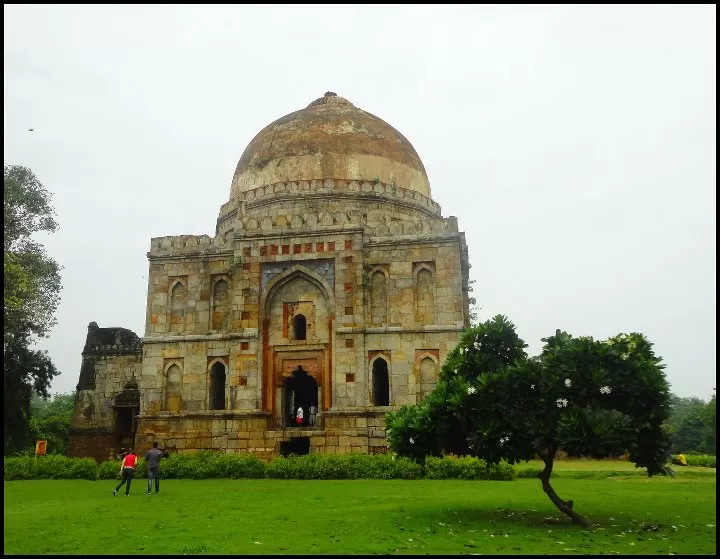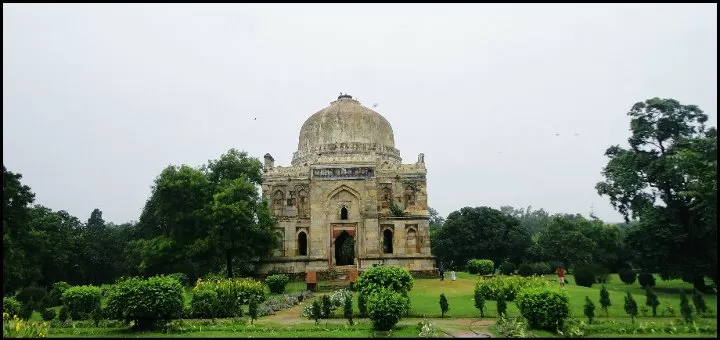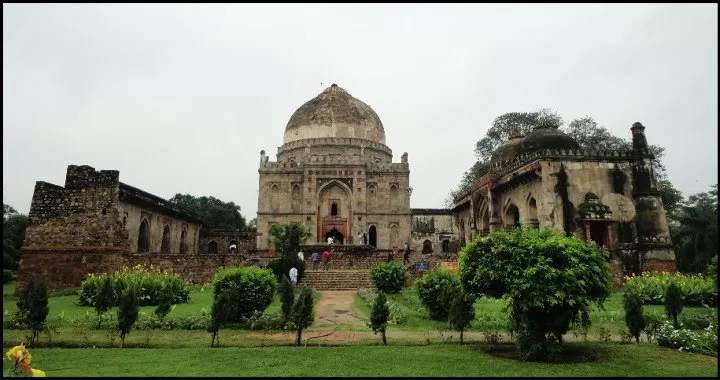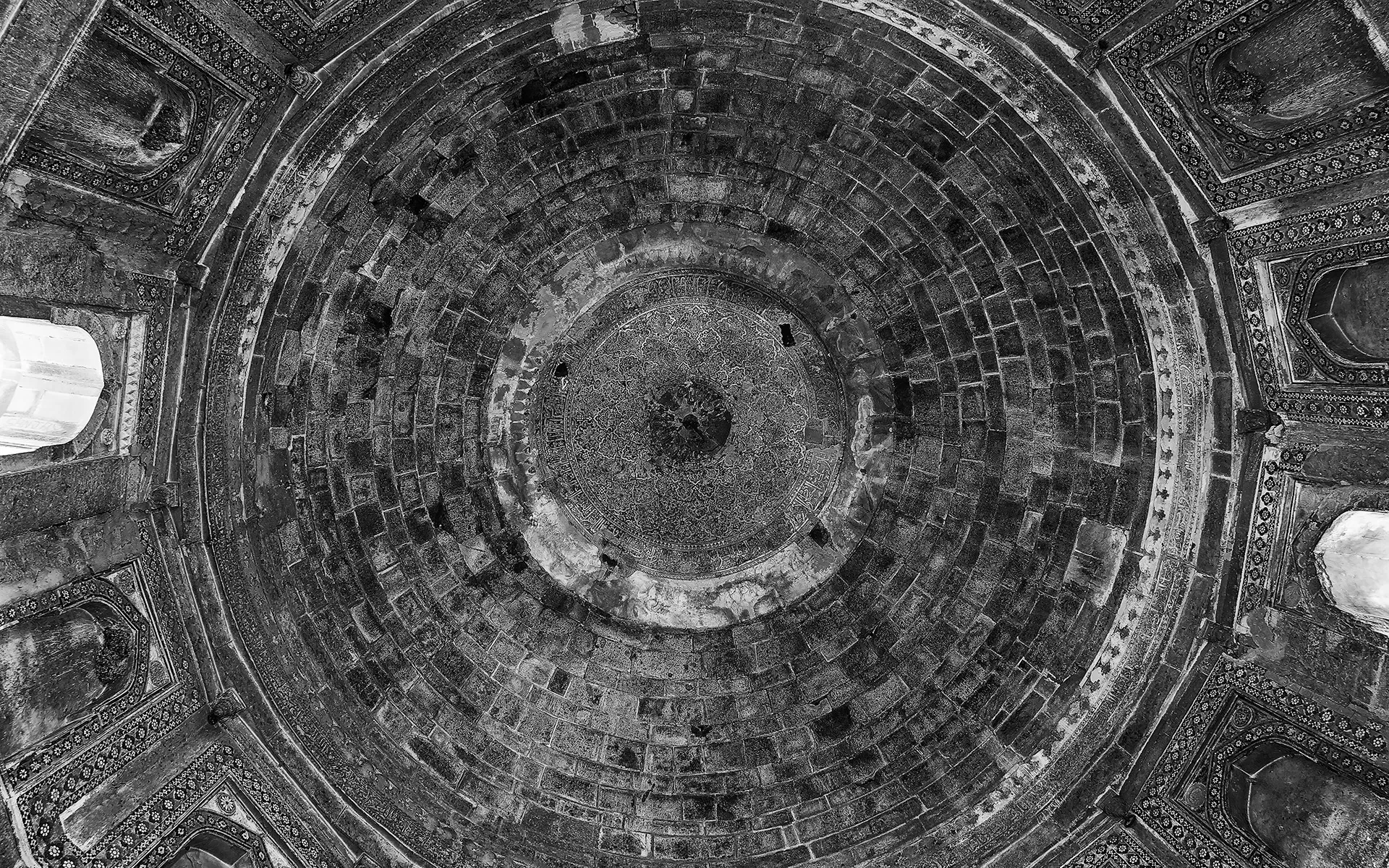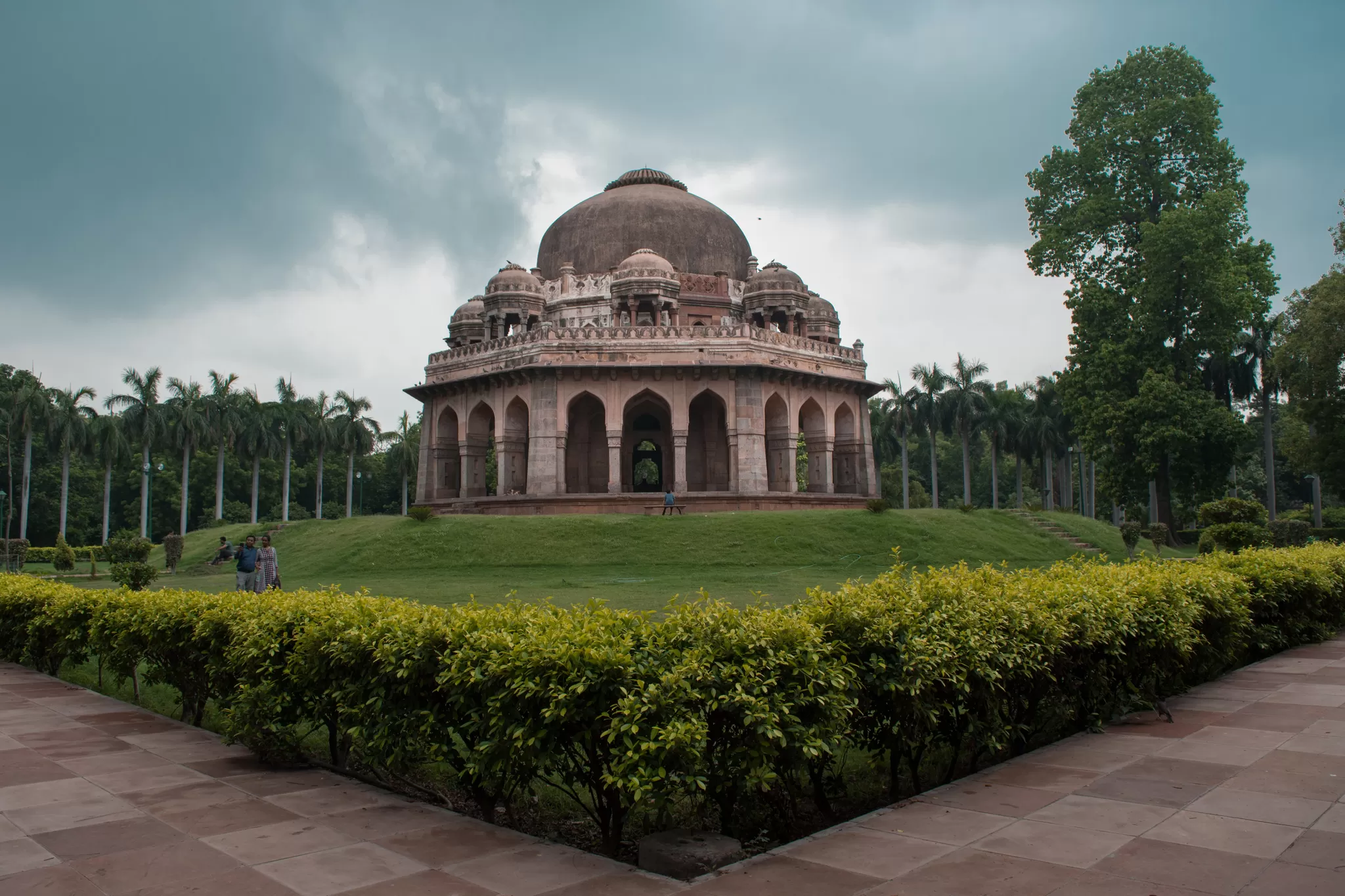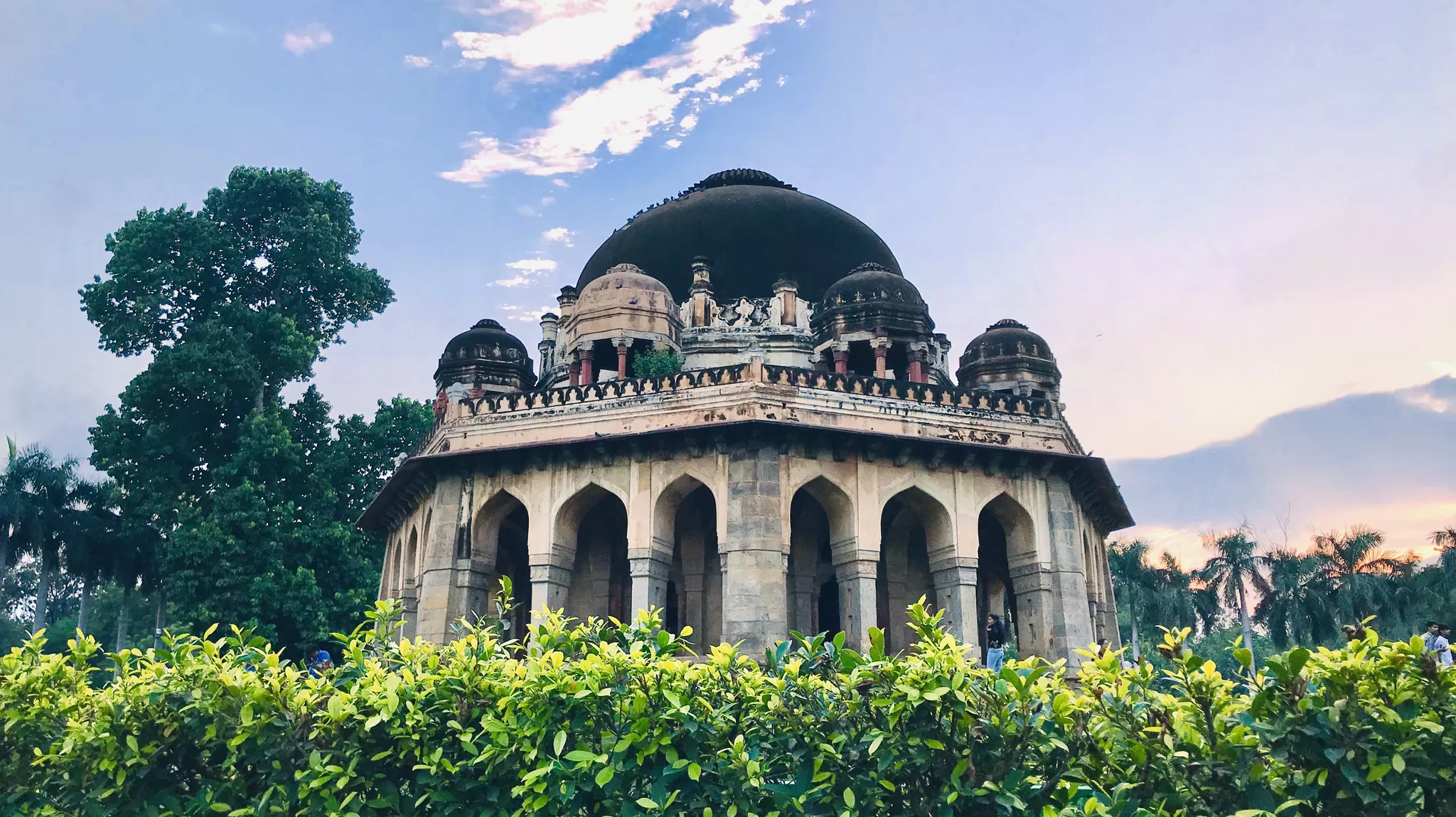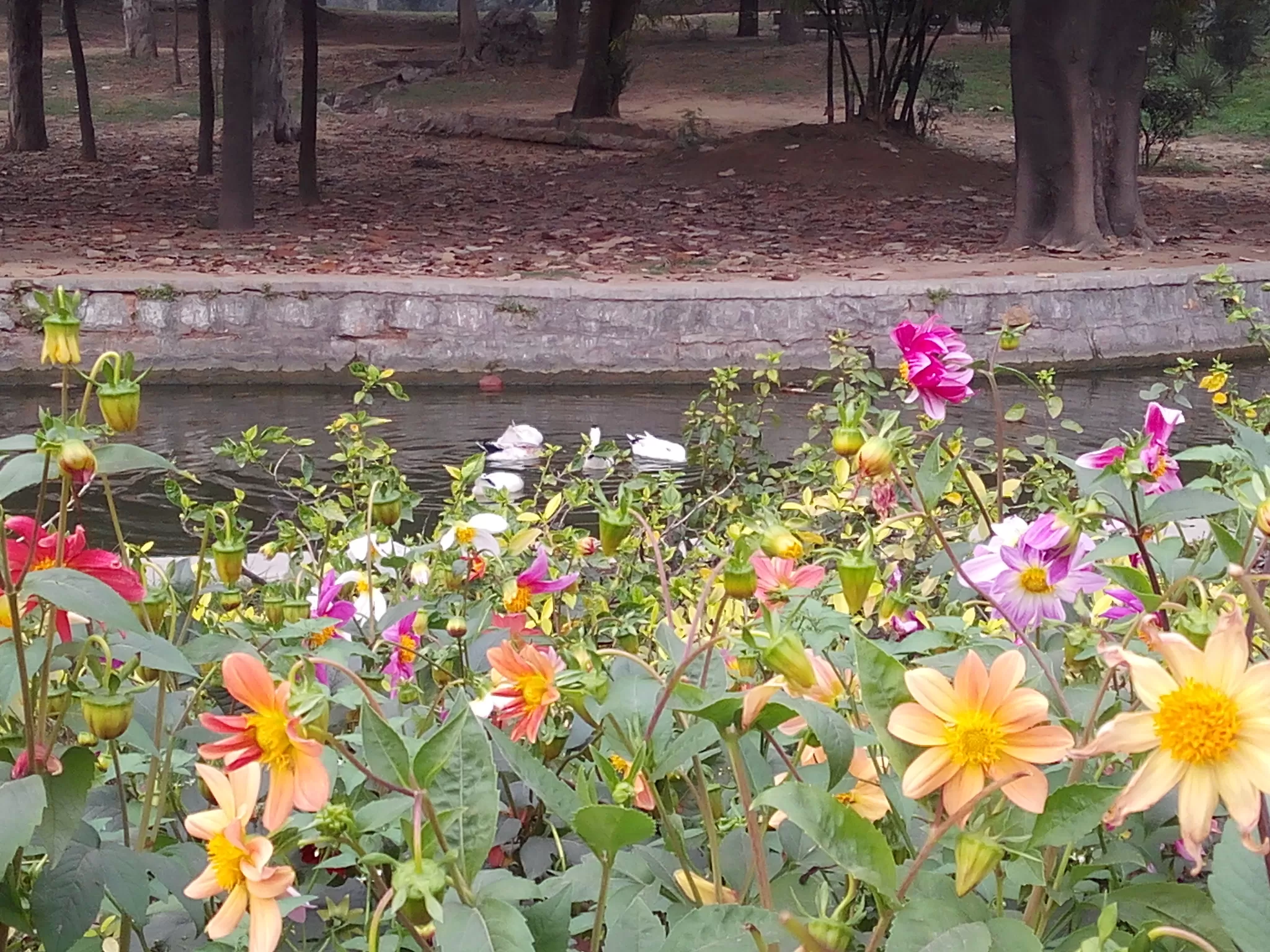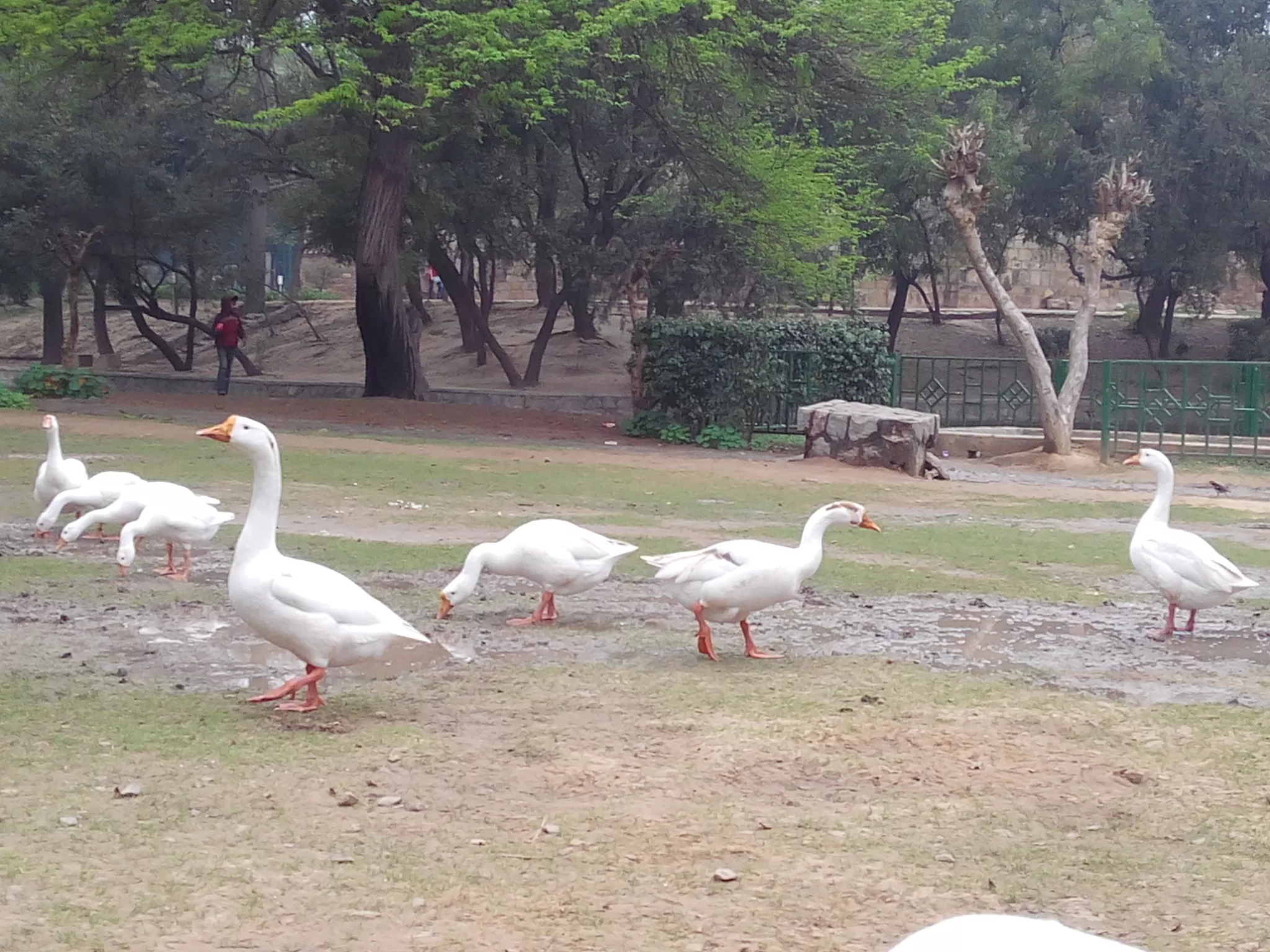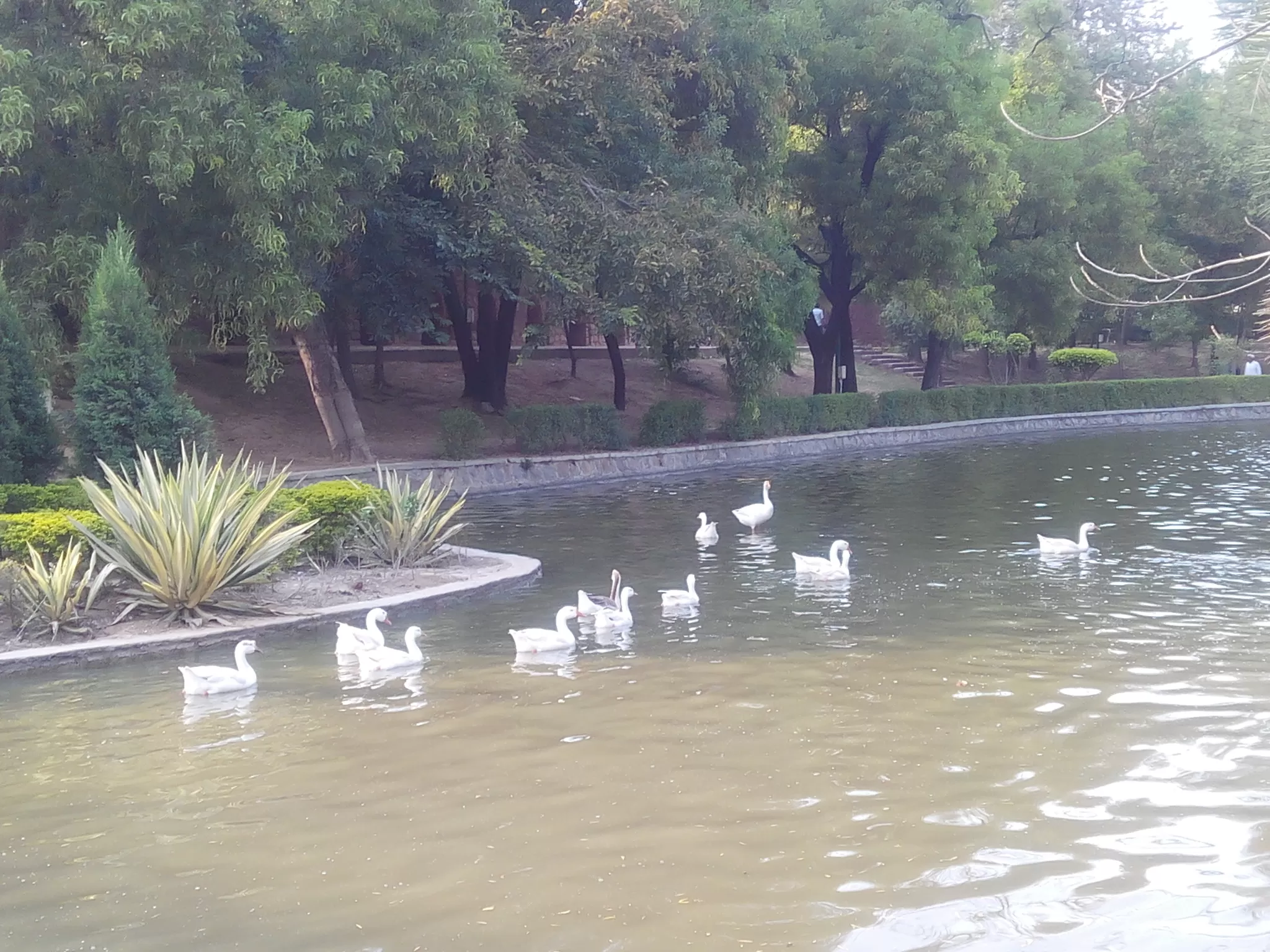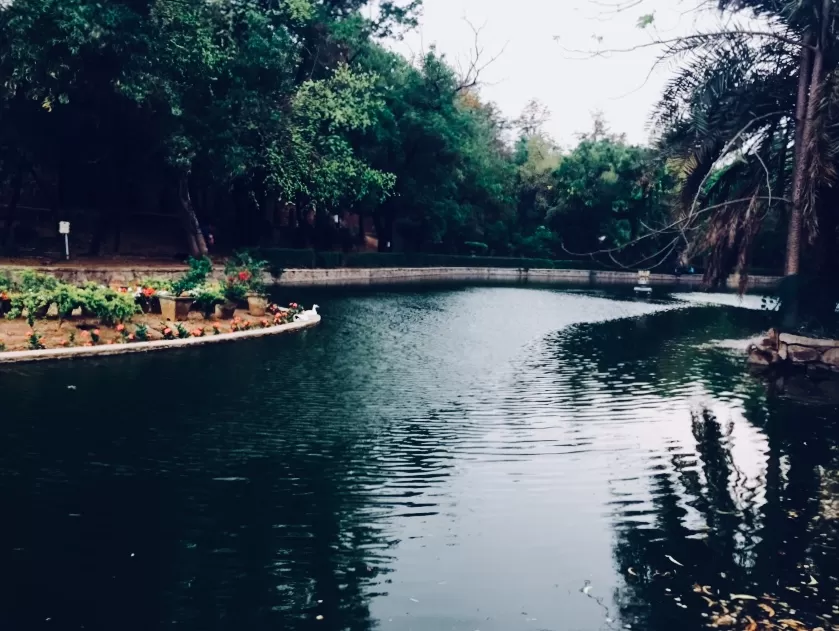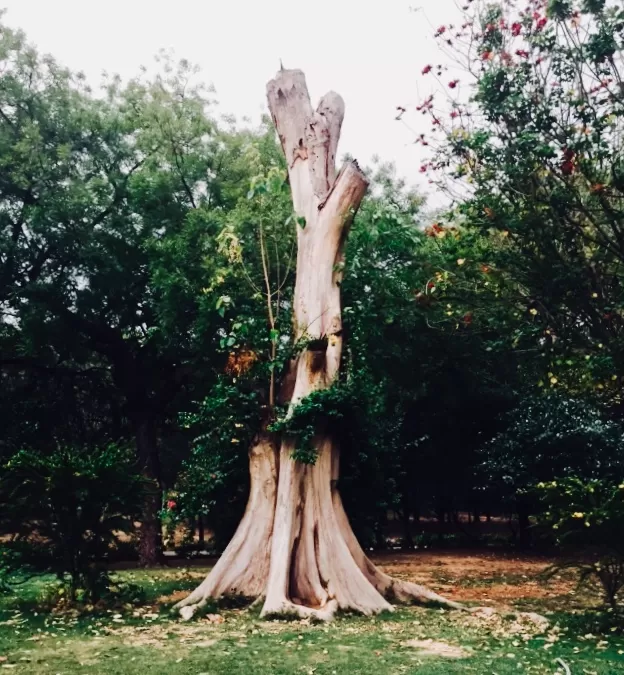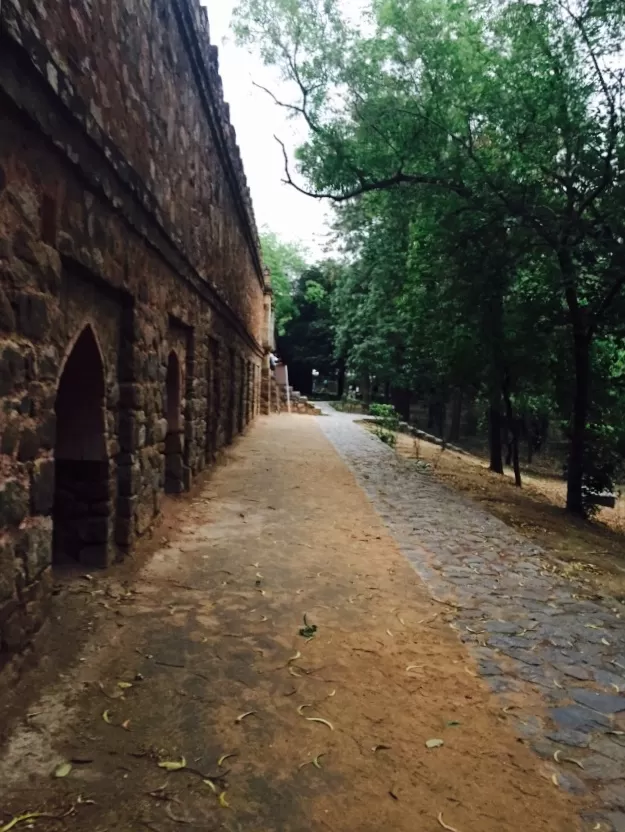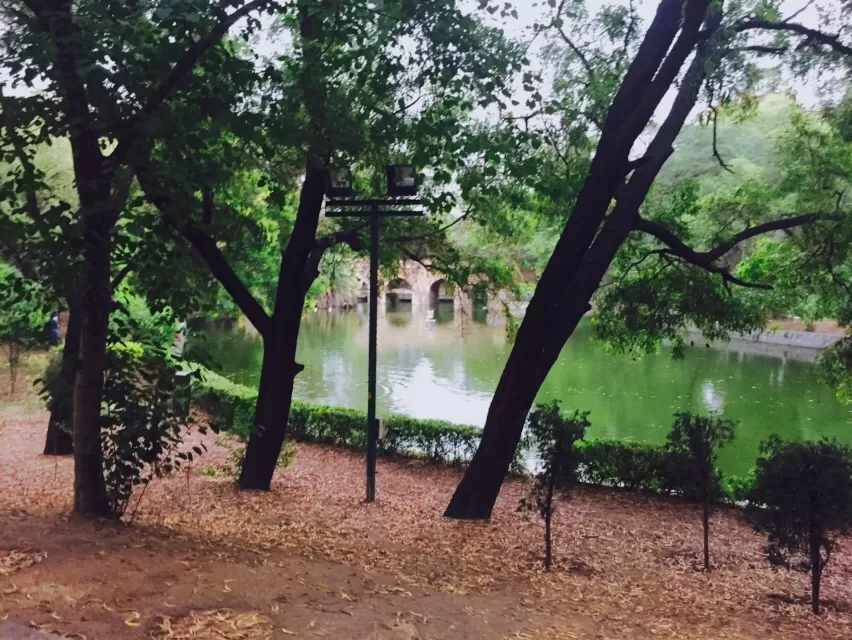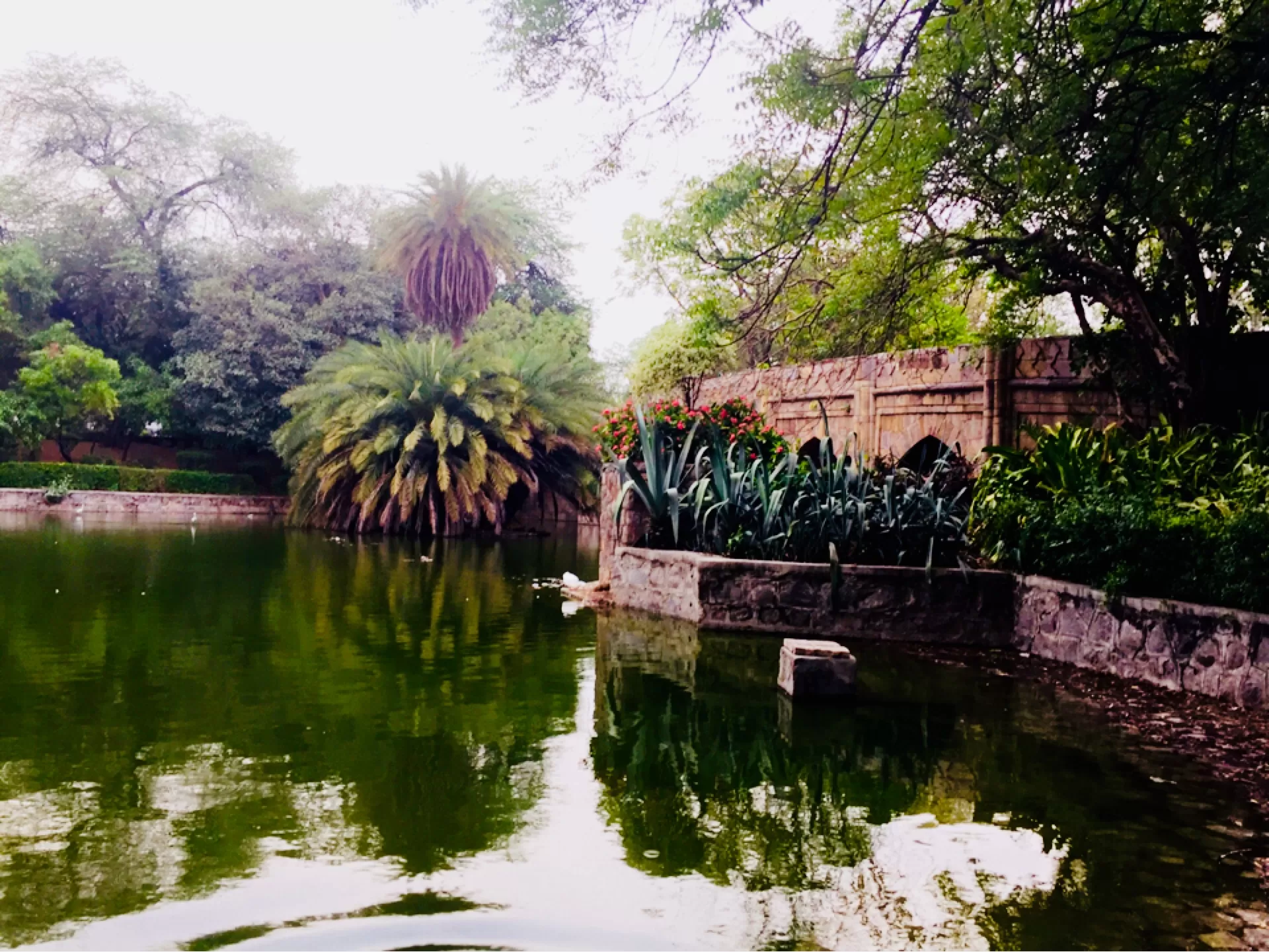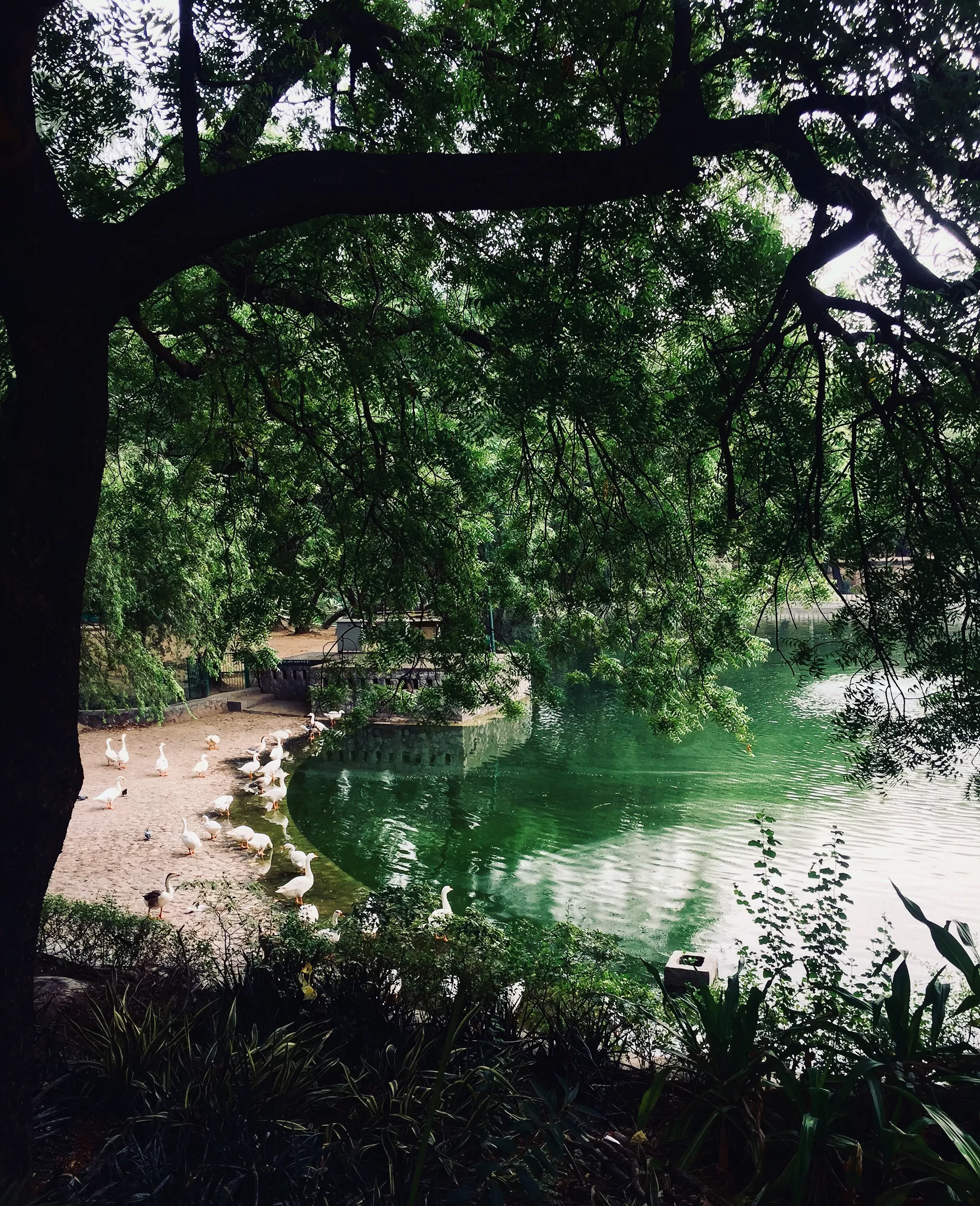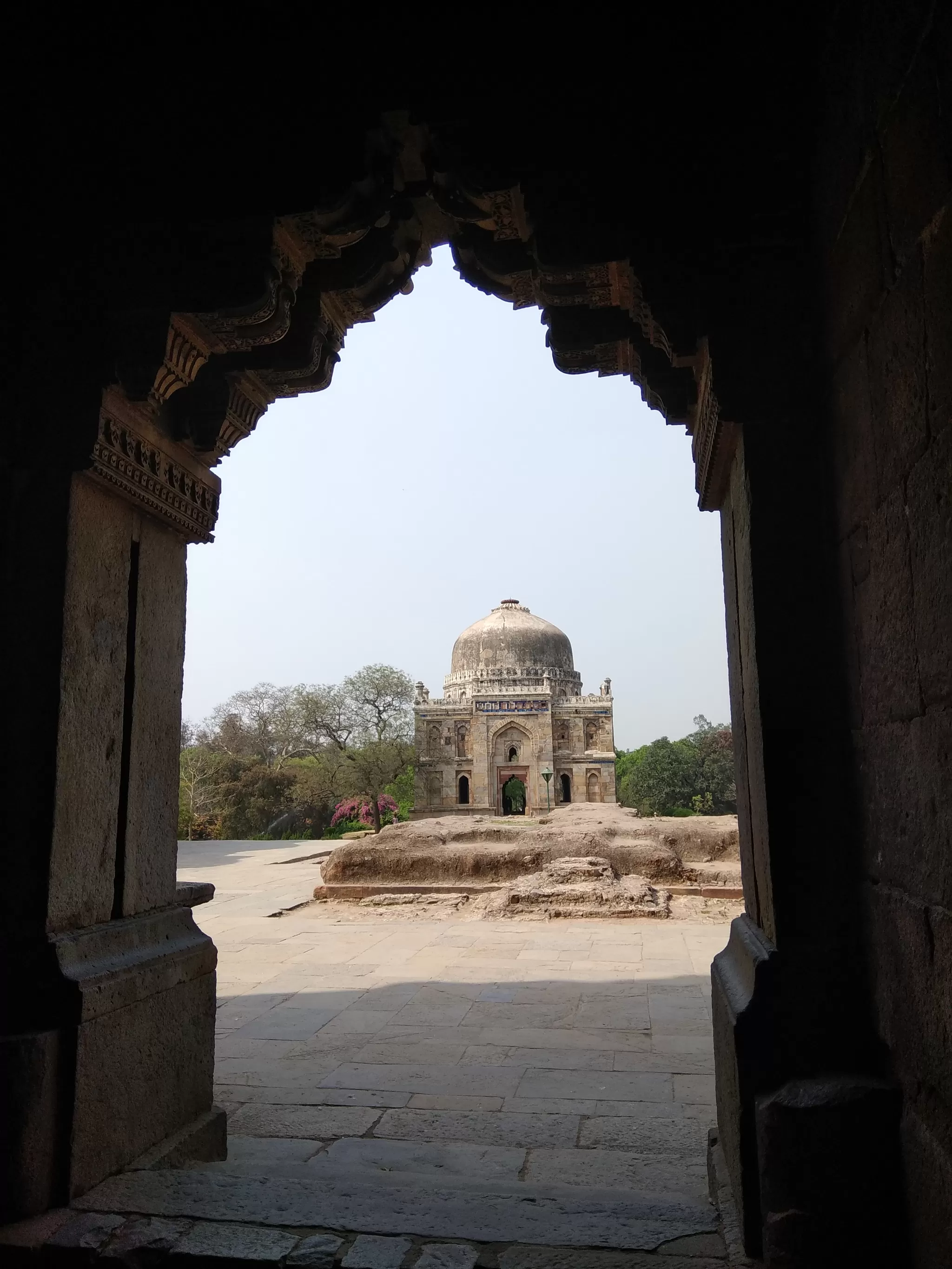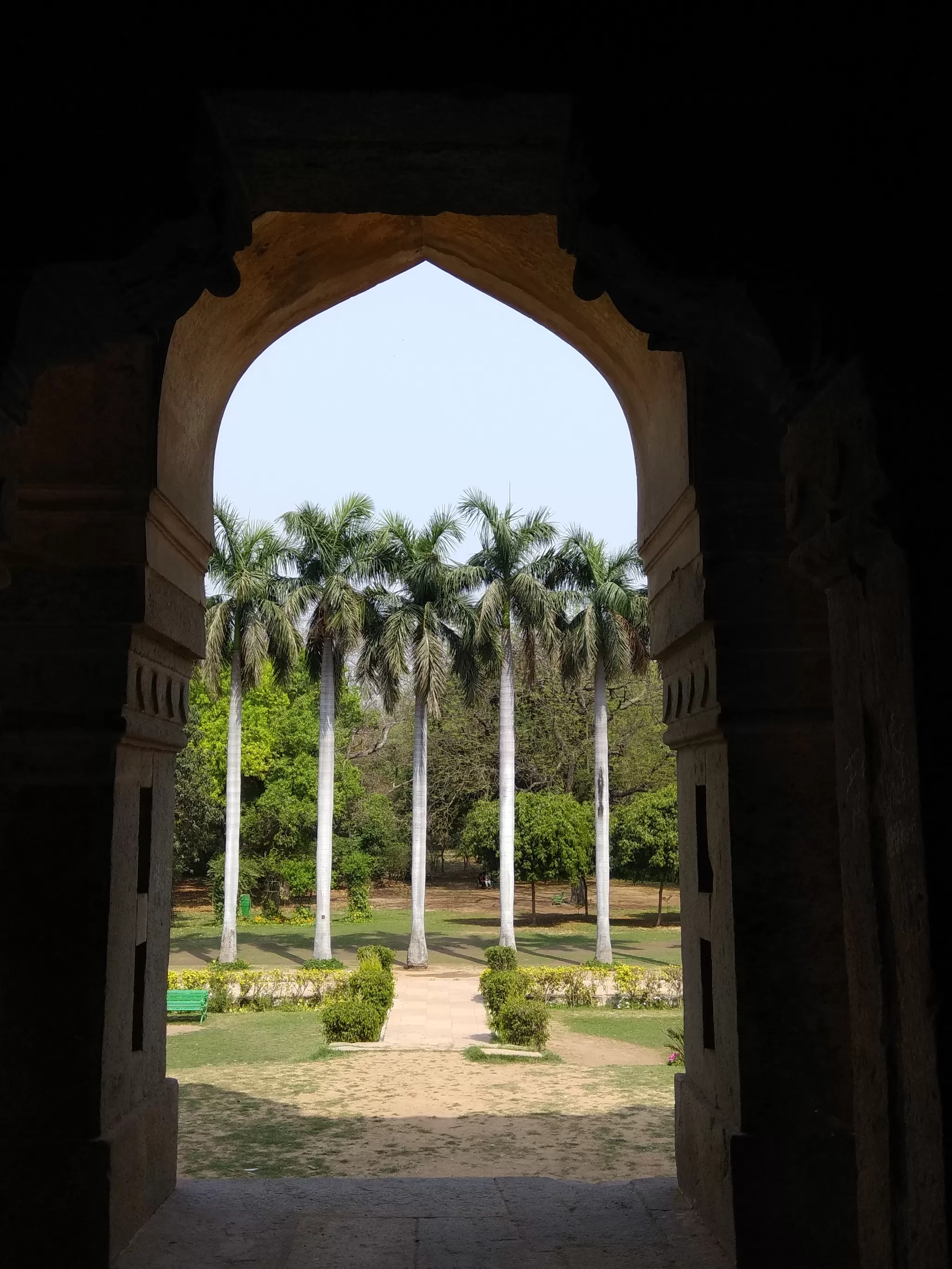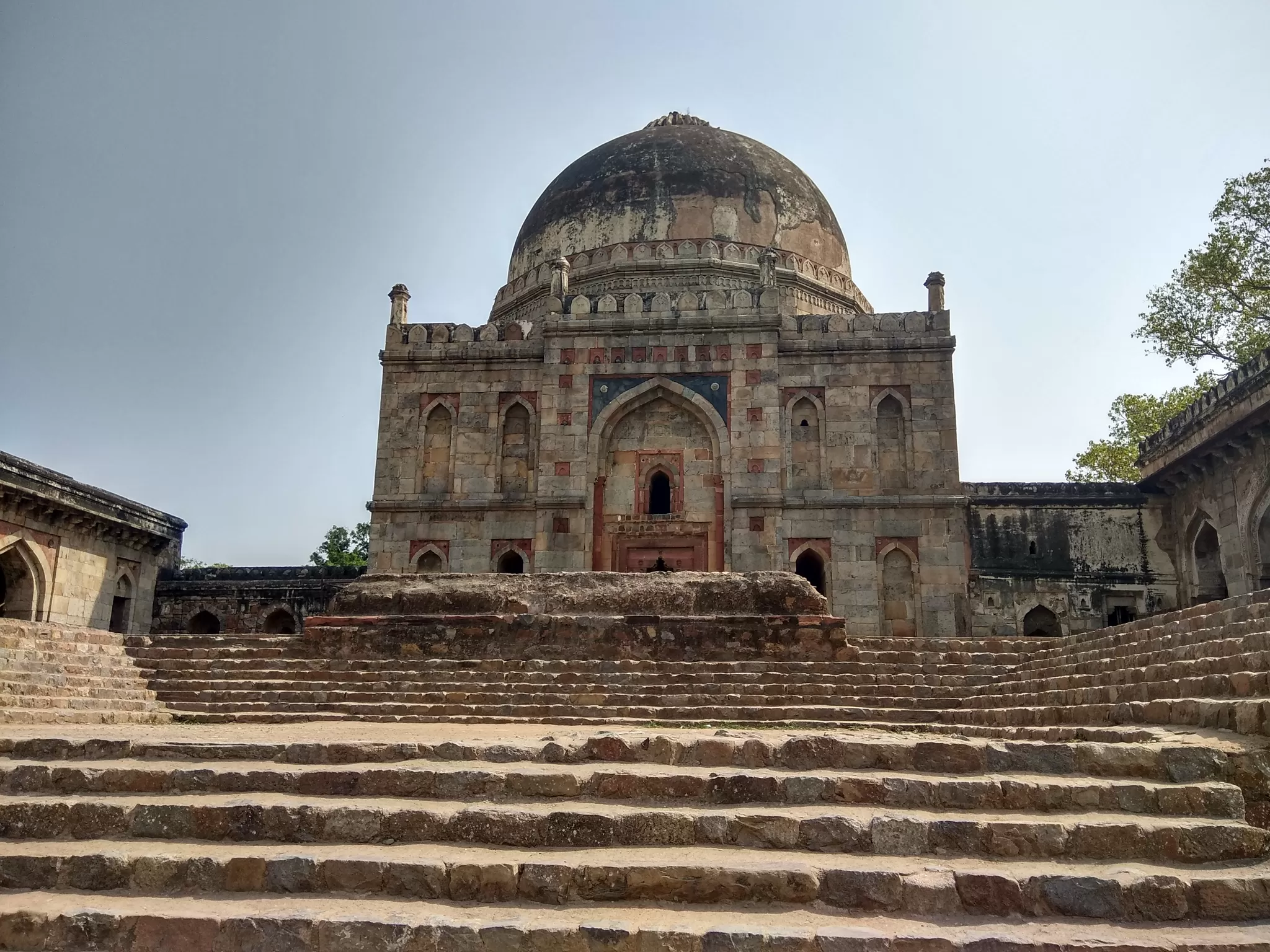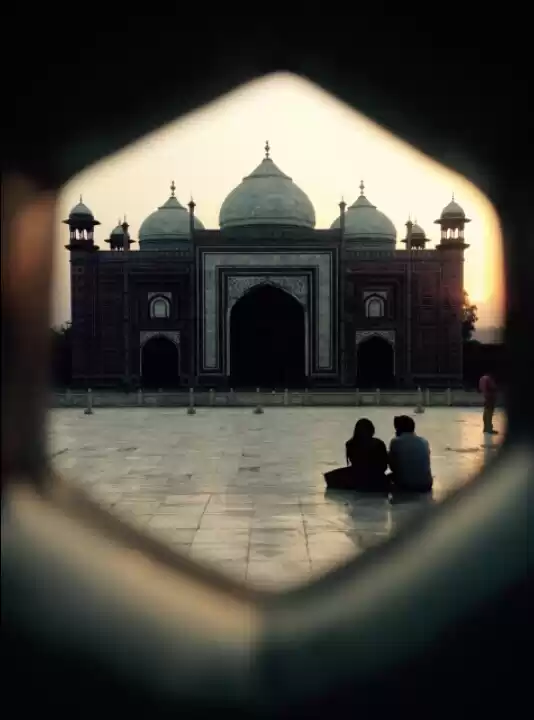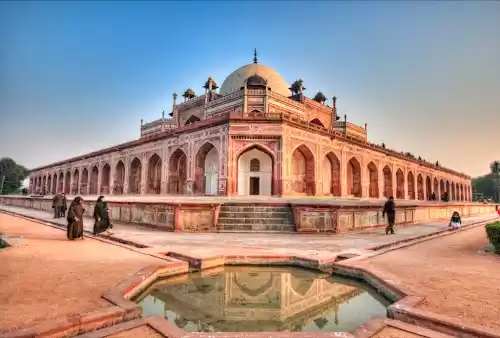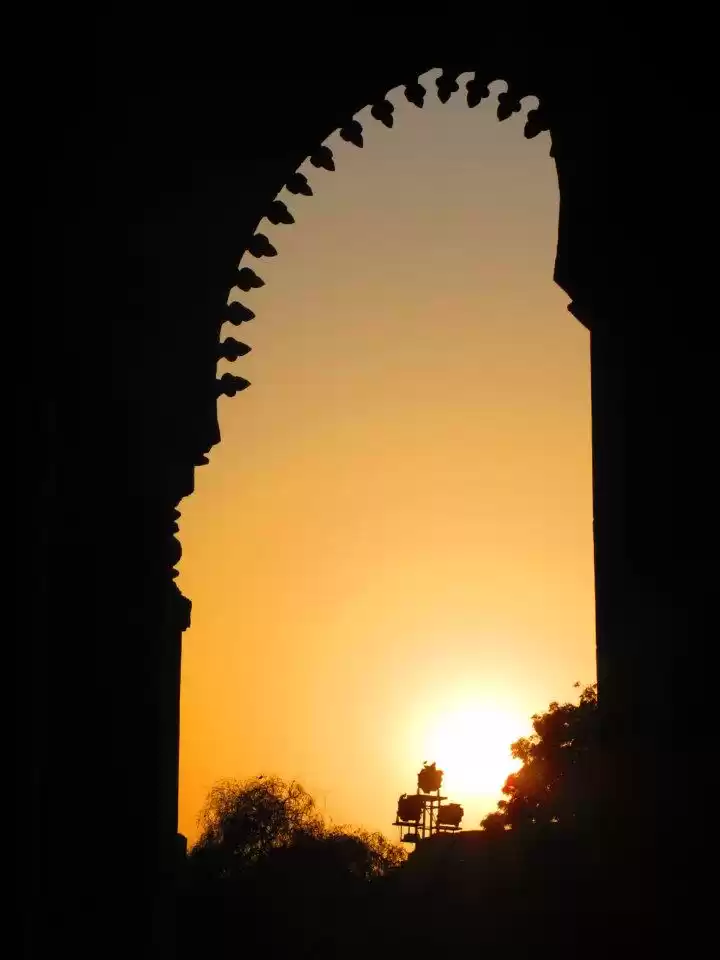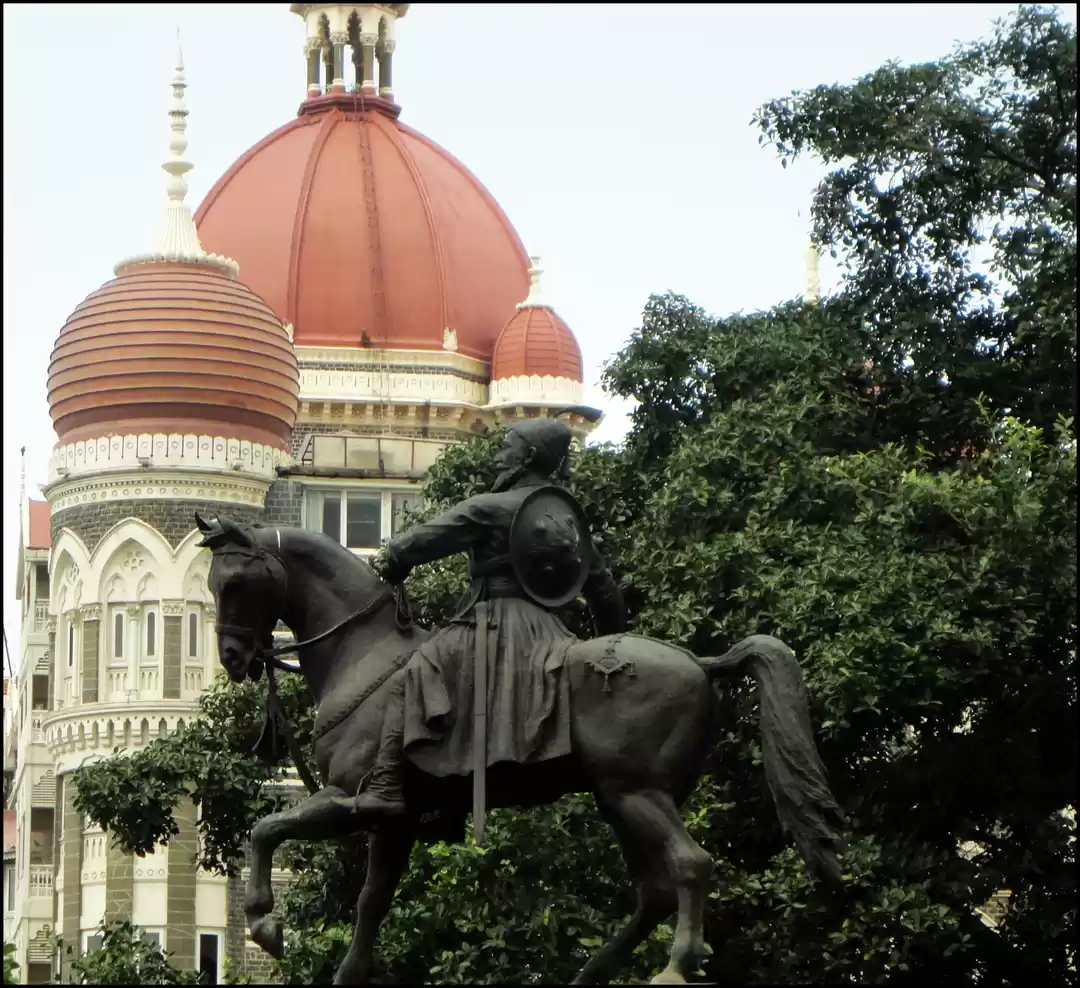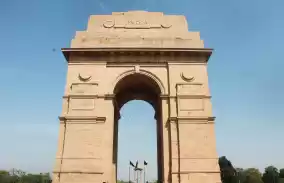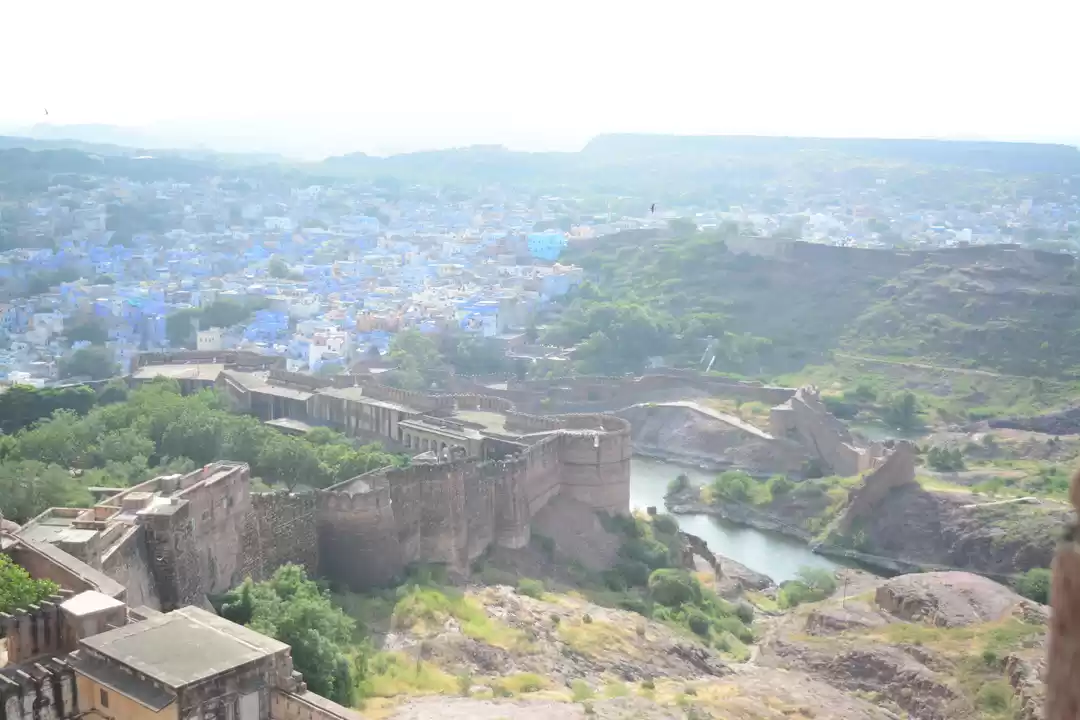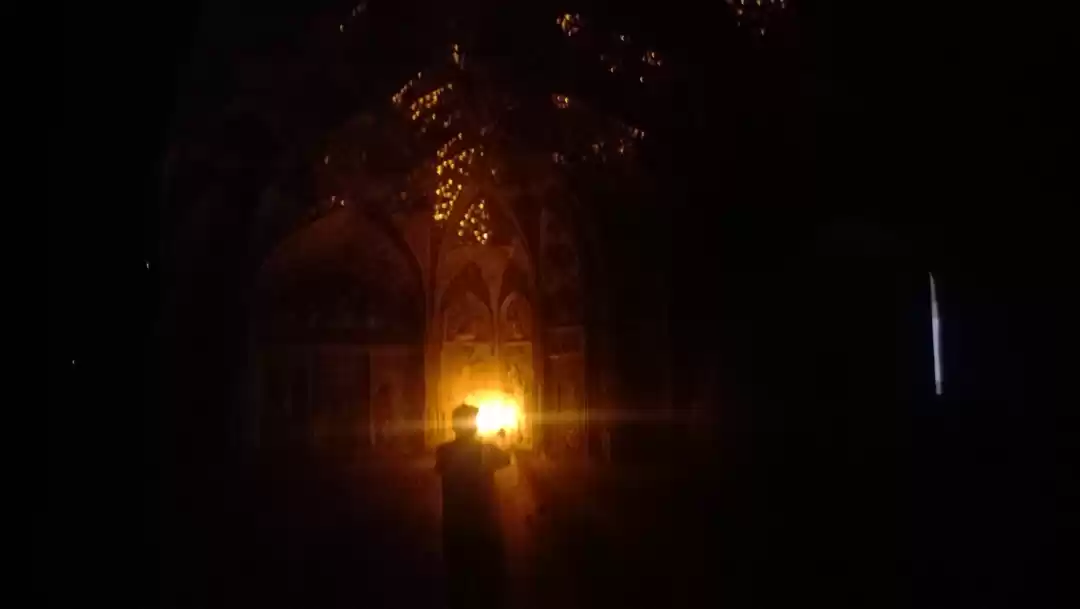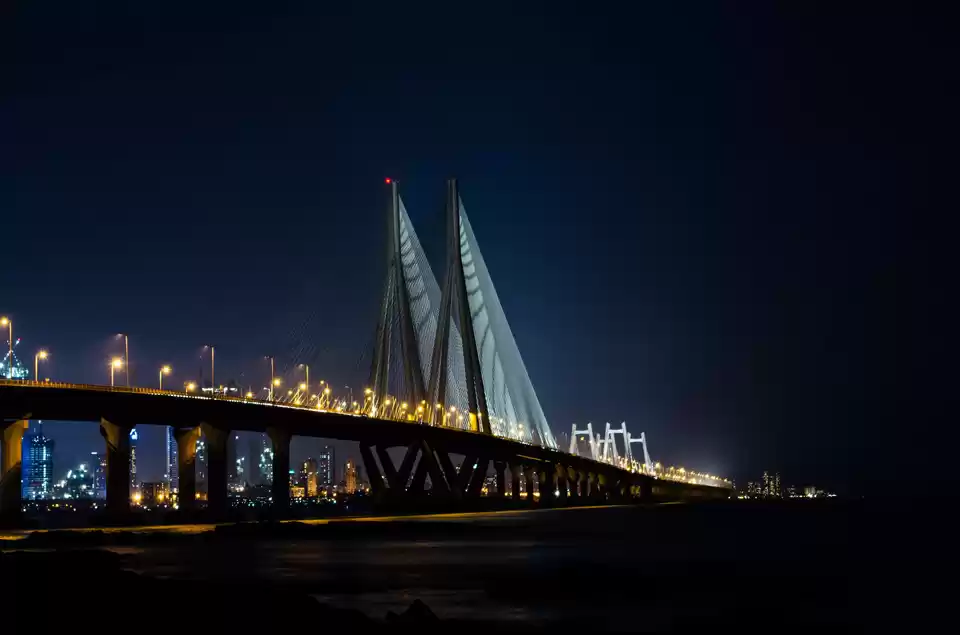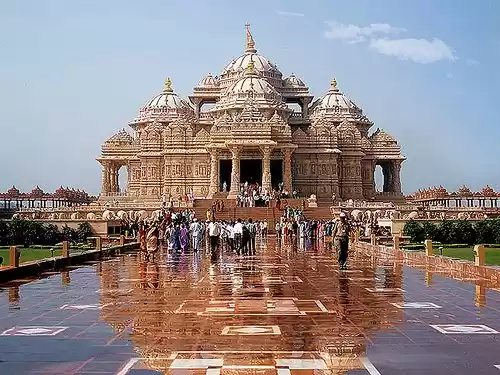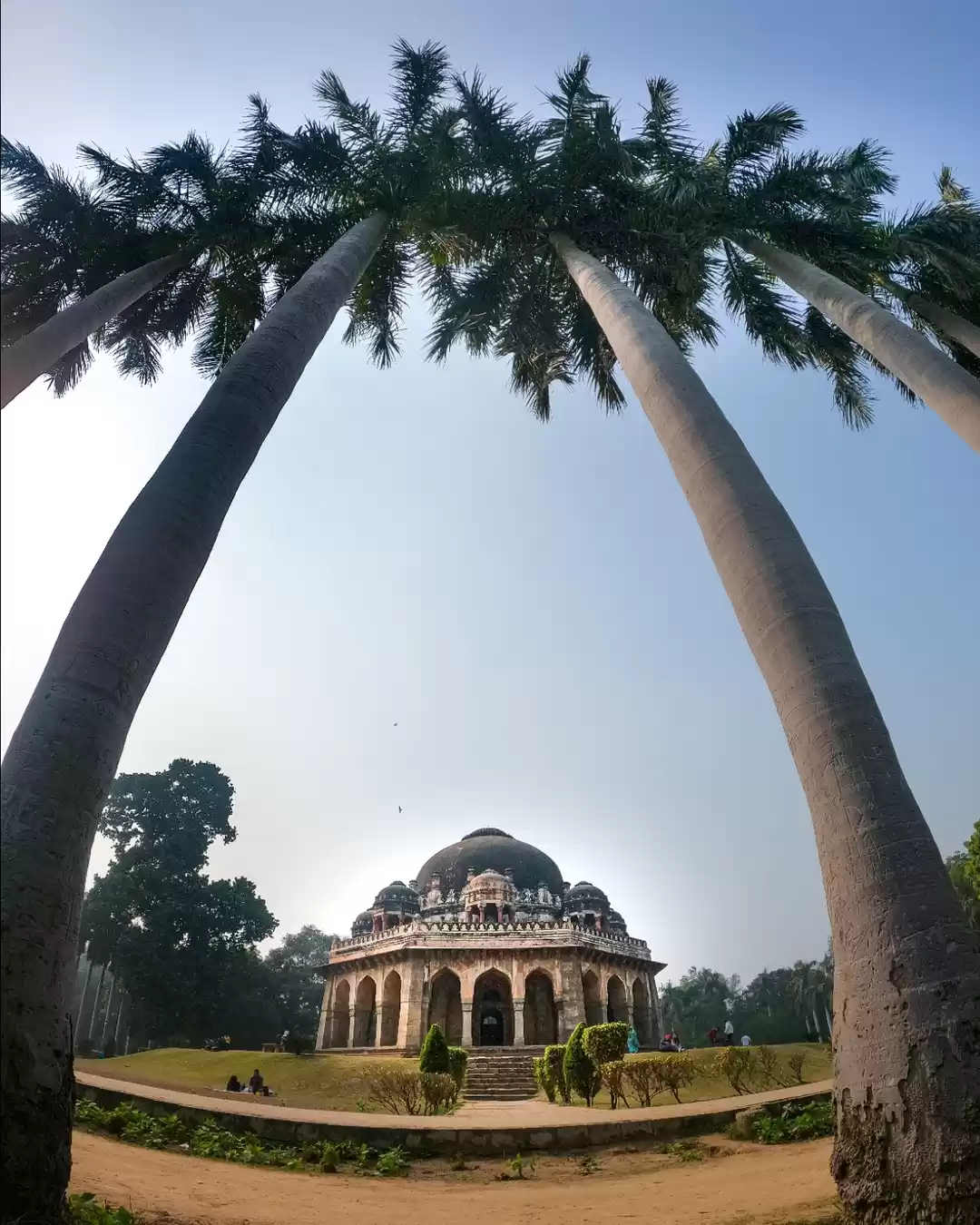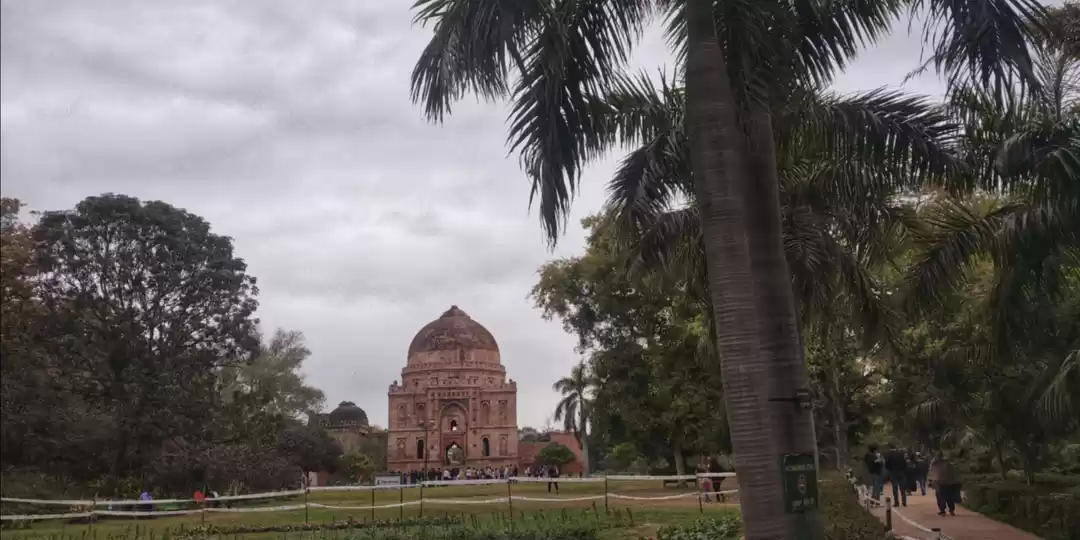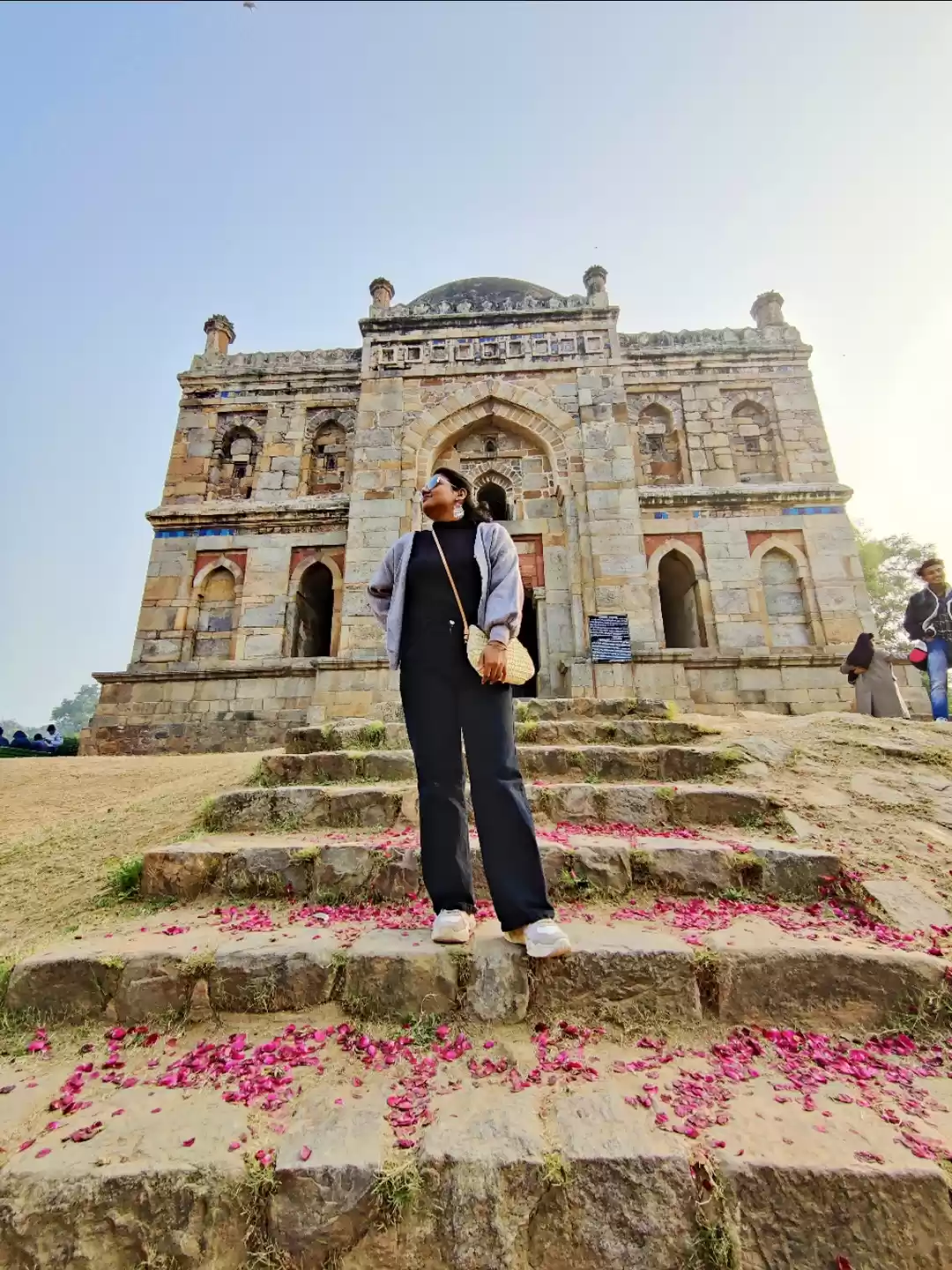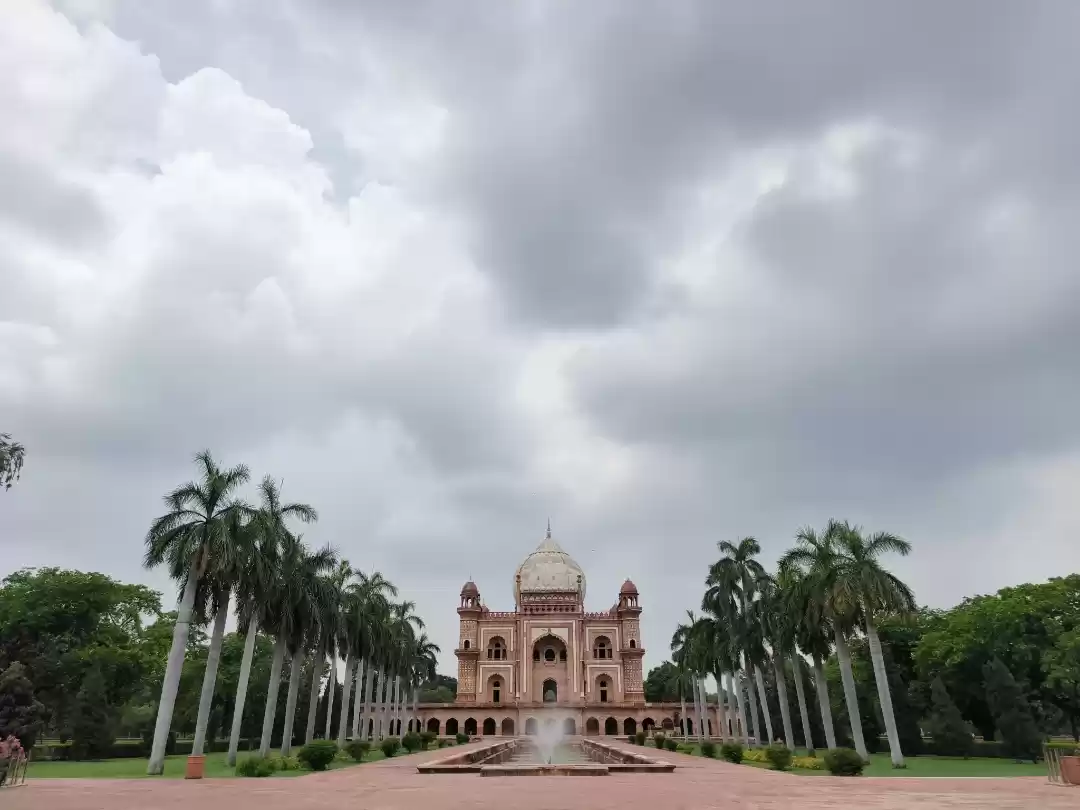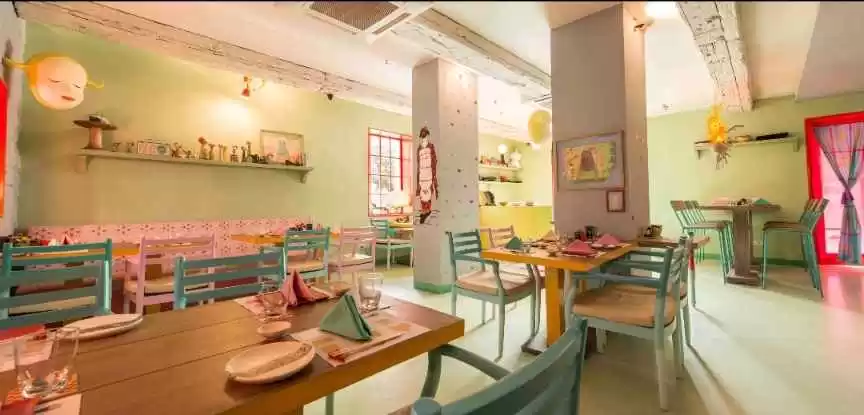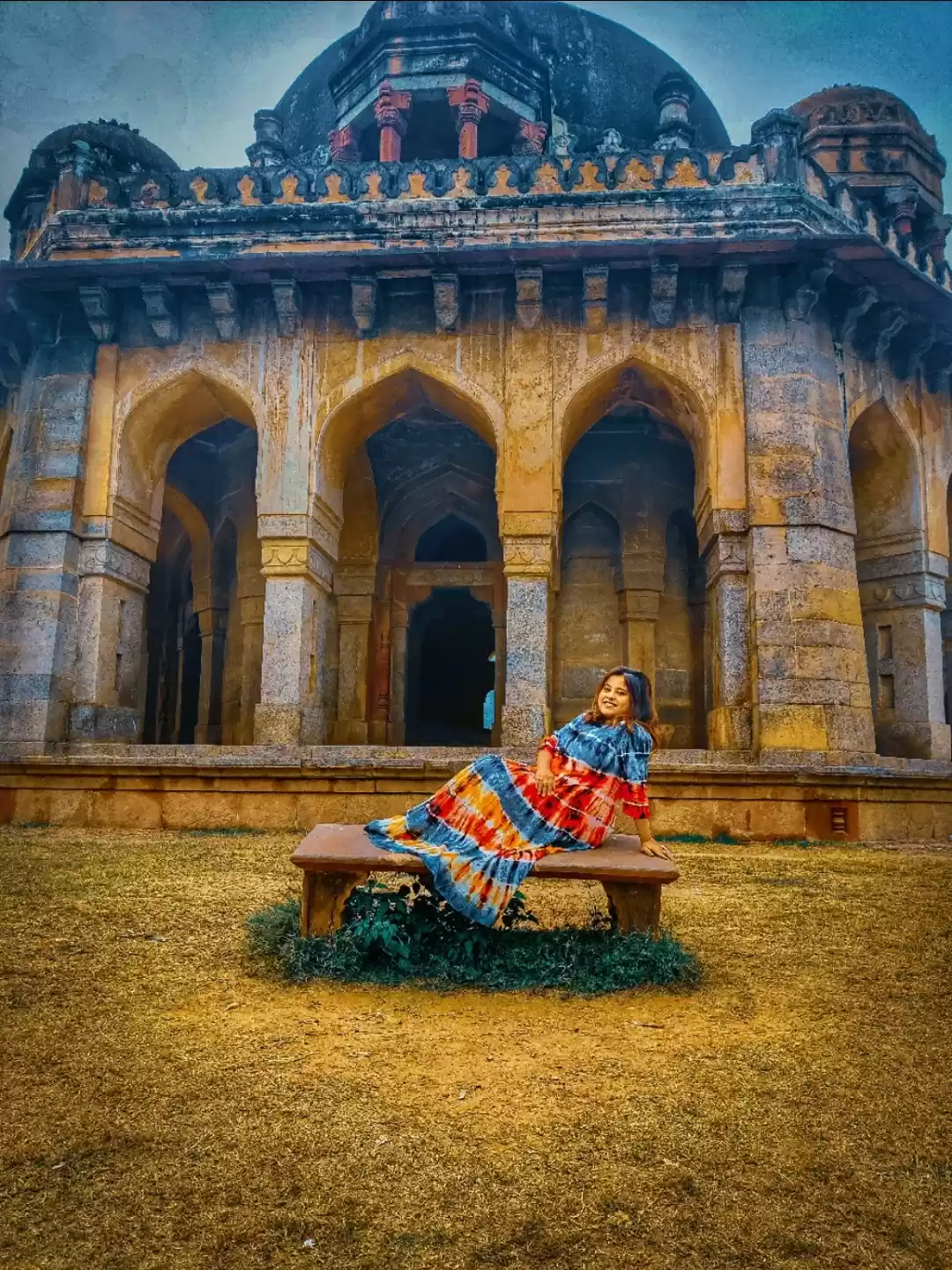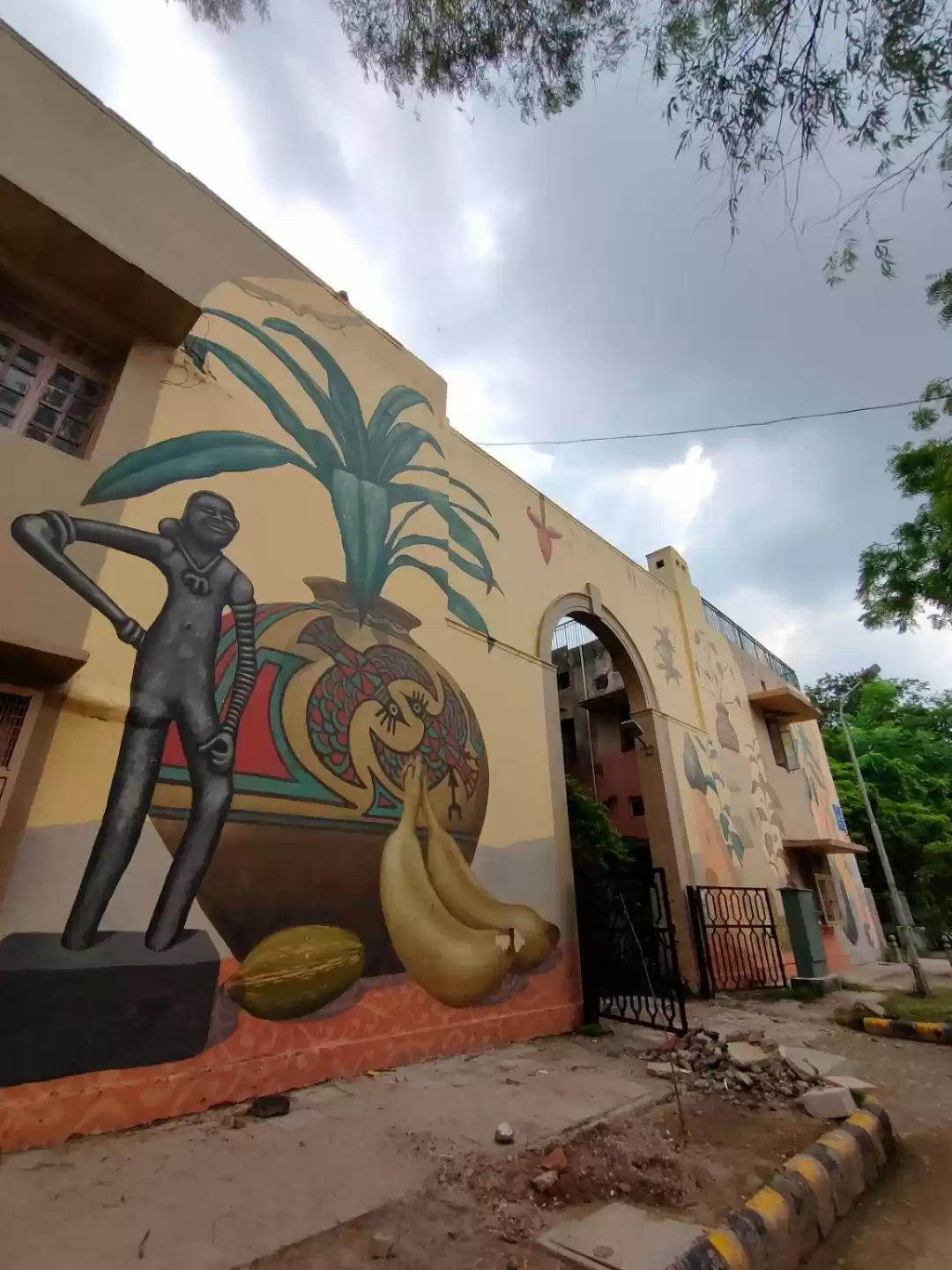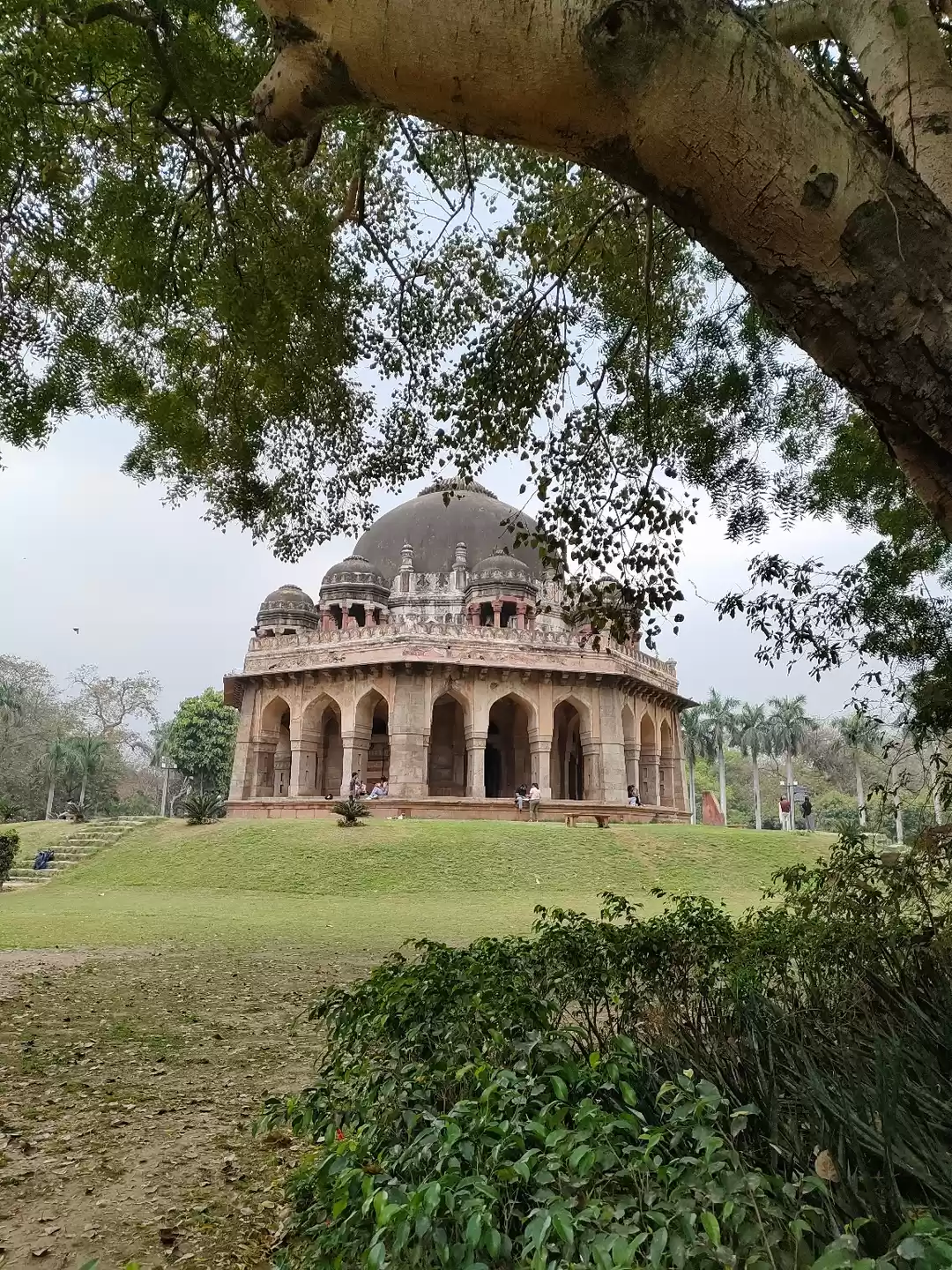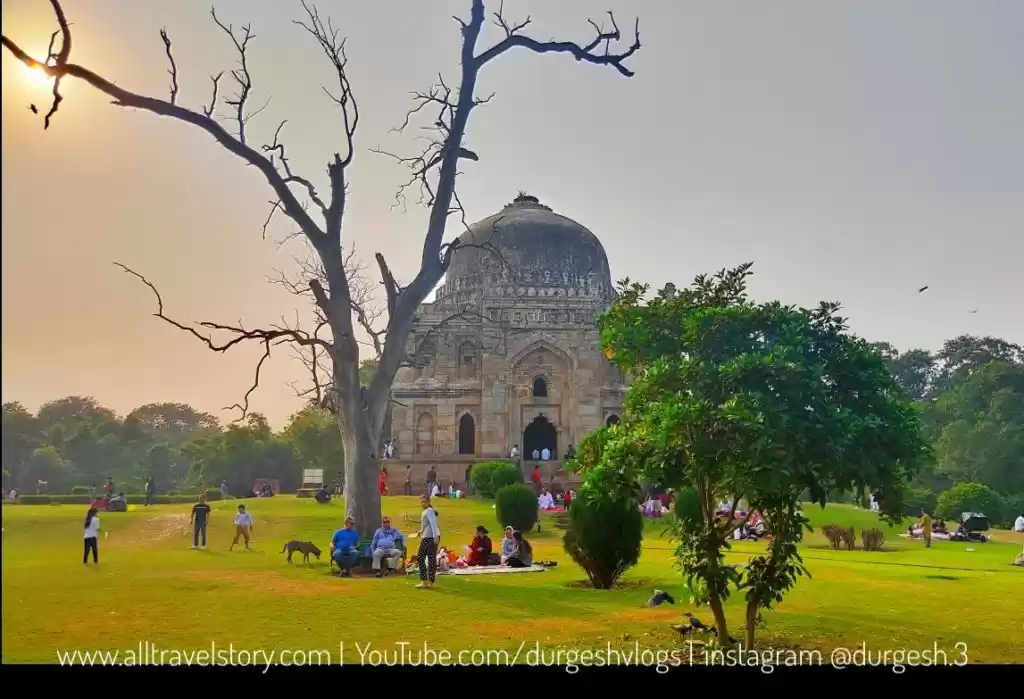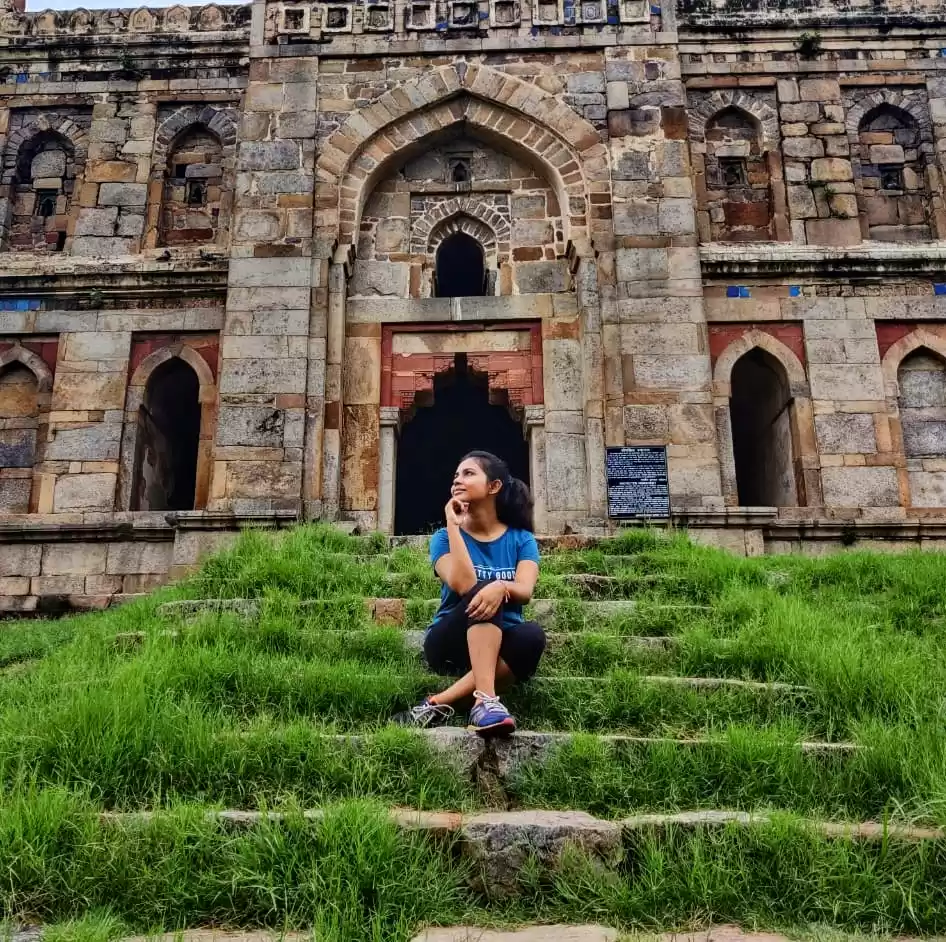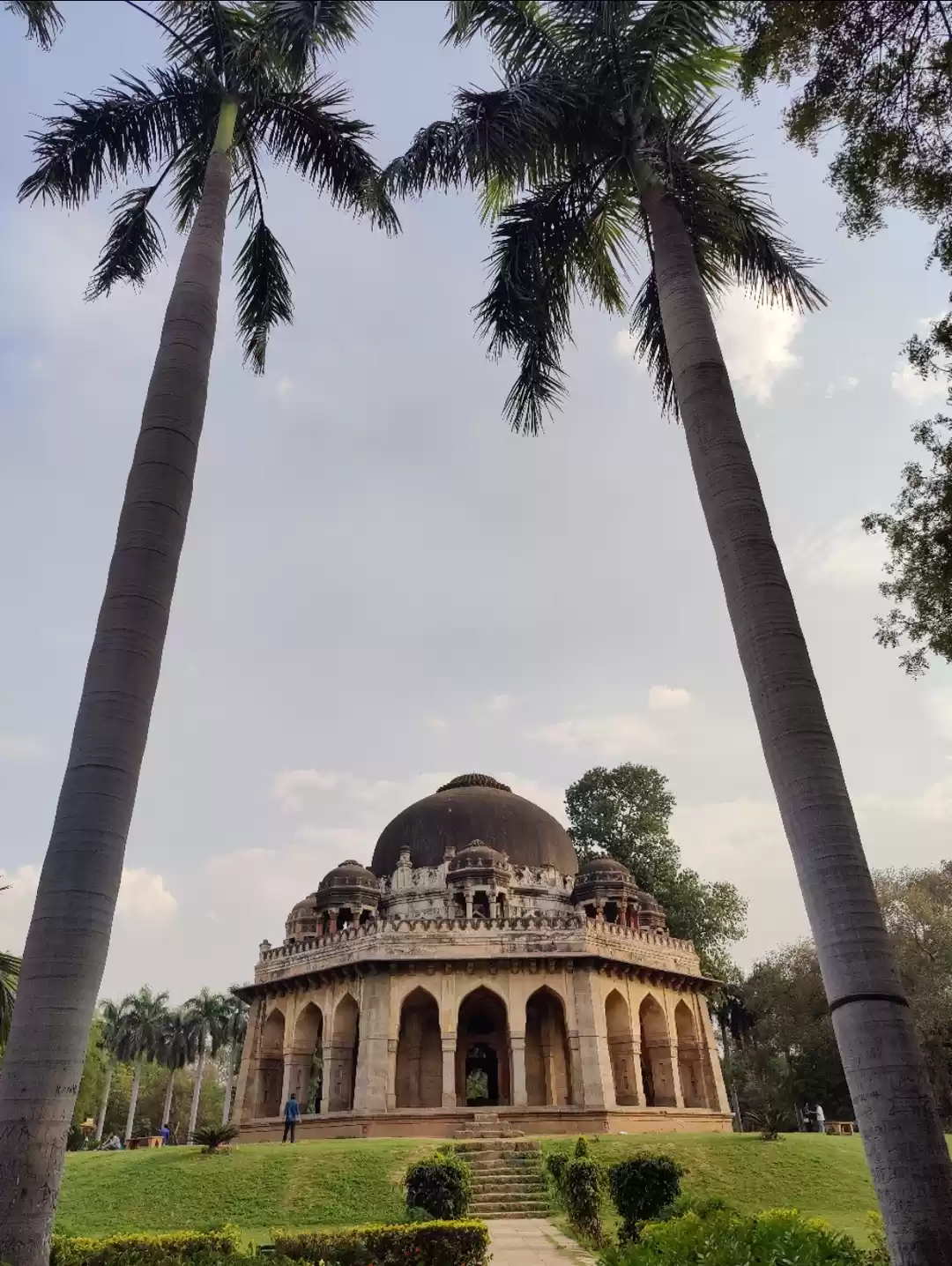Did you know that Lodhi Gardens is one of the oldest and largest public parks in Delhi, with a history that spans over 500 years? Lodhi Gardens is a 90-acre park that houses several monuments from the 15th and 16th centuries, belonging to the Sayyid and Lodi dynasties. It is situated in the heart of Delhi, near Khan Market and India Habitat Centre. It is a popular destination for tourists, locals, historians, and nature lovers alike, as it offers a glimpse into the rich heritage and culture of Delhi.
In this article, we will explore the history, architecture, and attractions of Lodhi Gardens, and how you can make the most of your visit to this historical and cultural oasis in Delhi.
History of Lodhi Gardens
Lodhi Gardens was originally known as Bagh-e-Jud, meaning the garden of Jud. It was built by Ala-ud-din Alam Shah, the last ruler of the Sayyid dynasty, in 1451. He also constructed a tomb for himself in the garden, which is now known as Mohammed Shah Tomb. Later, Sikandar Lodi, the second ruler of the Lodi dynasty, expanded the garden and built his own tomb there in 1517. He also commissioned several other structures such as Bara Gumbad and Sheesh Gumbad in the garden.
After his death, his son Ibrahim Lodi continued to rule from Delhi until he was defeated by Babur in the First Battle of Panipat in 1526. The garden then came under the control of the Mughals, who added some more monuments such as Athpula Bridge and Bonsai Park. The garden remained neglected for centuries until it was restored by the British in 1936.
They renamed it as Lady Willingdon Park, after the wife of the then Governor-General of India. They also relocated some villages that were situated in the area to create more space for the park. In 1947, after India’s independence, the park was renamed as Lodhi Gardens, to honor its original builders.
According to legend, Sikandar Lodi used to hold court under a large tree in Lodhi Gardens, which is still standing today. The tree is known as Sikandar Lodi’s Court Tree or Barah Khamba Tree. It has 12 branches that spread out like an umbrella. It is said that Sikandar Lodi used to sit under this tree and listen to the petitions and grievances of his subjects. He also used to dispense justice and reward his loyal followers under this tree.
Another interesting fact about Lodhi Gardens is that it was the site of a secret meeting between Jawaharlal Nehru, India’s first Prime Minister, and Edwina Mountbatten, the wife of Lord Mountbatten, the last Viceroy of India. The meeting took place on February 14, 1947, just six months before India’s independence. It is believed that Nehru and Edwina had a romantic relationship that lasted for several years. They used to meet at Lodhi Gardens to escape from the public eye and spend some time together.
Architecture of Lodhi Gardens
The monuments in Lodhi Gardens showcase a blend of Indo-Islamic architecture, which combines elements from Hindu, Persian, Turkish, and Arabic influences. The tombs are octagonal or rectangular in shape, with domes and arches. The walls are decorated with intricate carvings, calligraphy, tiles, and paintings. The gardens are landscaped with lawns, fountains, ponds, pathways, and flower beds.

The tombs in Lodhi Gardens represent the power and prestige of the rulers who built them. They also reflect their religious beliefs and practices. The tombs are oriented towards Mecca, the holy city of Islam. They also have mihrabs or prayer niches on their walls. The domes symbolize the vault of heaven or paradise. The arches represent gateways or portals to eternity.
Some of the most notable monuments in Lodhi Gardens are:

Mohammed Shah Tomb: This is the oldest monument in Lodhi Gardens, built by Ala-ud-din Alam Shah for his father Mohammed Shah in 1444. It is an octagonal tomb with a dome that rests on eight pillars. It has three arched openings on each side that allow light and air to enter. It has a verandah that surrounds the tomb chamber. It has floral motifs and Quranic verses on its walls.
Sikandar Lodi Tomb: This is the most prominent monument in Lodhi Gardens, built by Ibrahim Lodi for his father Sikandar Lodi in 1517. It is a rectangular tomb with a dome that rests on 16 pillars. It has a double-storeyed facade that has arched openings and balconies. It has a large courtyard that has three gateways on each side. It has geometric patterns and Quranic verses on its walls.
Bara Gumbad: This is a complex that consists of a large dome, a mosque, and a mehman khana or guest house. It was built in 1494 by an unknown ruler. The dome is one of the largest in Delhi, with a diameter of 18.5 meters. It has no tomb underneath it, but it may have been built as a gateway or a memorial. The mosque is one of the finest examples of Lodi architecture, with five arched openings and three domes. It has intricate carvings and inscriptions on its walls. The mehman khana is a rectangular hall that has four arched openings and a flat roof. It may have been used as a residence or a meeting place.
Sheesh Gumbad: This is a tomb that was built in 1495 by an unknown ruler. It is similar to Bara Gumbad, but smaller in size. It has a dome that rests on 12 pillars. It has four arched openings on each side that lead to the tomb chamber. It has blue tiles and paintings on its walls, which give it the name Sheesh Gumbad, meaning the glass dome.
How to Reach
Lodhi Garden is a beautiful park in Delhi that has many historical monuments and attractions. If you want to visit Lodhi Garden, here are some ways to reach it:
By metro:
The nearest metro station to Lodhi Garden is Jor Bagh Metro Station, which is on the Yellow Line. From there, you can take an auto-rickshaw or a cab to Lodhi Garden. It will take you about 10 minutes and cost you around Rs. 50.
By bus:
You can also take a DTC (Delhi Transport Corporation) bus to Lodhi Garden. There are many buses that stop near Lodhi Garden, such as 505, 522, 615, 620, and 624. You can check the bus routes and timings on the DTC website1 or use an app like Google Maps or Moovit to plan your trip.
By car:
If you have your own car or want to rent one, you can drive to Lodhi Garden. It is located on the main Lodi Road, which lies between Khan Market and Safdarjung Tomb. You can use a GPS device or an app like Google Maps or Waze to navigate your way. You can park your car at the parking lot near the entrance of Lodhi Garden. The parking fee is Rs. 20 per hour.
Lodhi Garden is open from 6 am to 8 pm (October-March) and from 5 am to 8 pm (April-September). There is no entry fee or camera fee for visiting Lodhi Garden. You can enjoy the history, architecture, and nature of Lodhi Garden at your own pace. You can also join a guided tour or a heritage walk to learn more about the park.
Attractions of Lodhi Gardens
Lodhi Gardens is not only a historical and cultural site, but also a recreational and educational one. You can do various things at Lodhi Gardens, such as:

Birdwatching:
Lodhi Gardens is home to over 100 species of birds, including migratory ones. You can spot peacocks, kingfishers, parakeets, hornbills, eagles, and many more. You can also visit the Delhi Bird Club, which organizes regular walks and events at Lodhi Gardens.
Photography:
Lodhi Gardens is a photographer’s paradise, as it offers stunning views of the monuments, gardens, and wildlife. You can capture the beauty and diversity of Lodhi Gardens in your camera. You can also join the Delhi Photography Club, which conducts workshops and exhibitions at Lodhi Gardens.
Jogging:
Lodhi Gardens is a popular spot for joggers and fitness enthusiasts, as it has well-maintained tracks and trails. You can enjoy a refreshing and healthy run in the midst of nature and history. You can also join the Delhi Runners Group, which organizes regular runs and marathons at Lodhi Gardens.
Yoga:
Lodhi Gardens is a serene and peaceful place for practicing yoga and meditation. You can relax your mind and body in the calm and soothing environment of Lodhi Gardens. You can also join the Delhi Yoga Club, which offers classes and sessions at Lodhi Gardens.

Picnicking:
Lodhi Gardens is a great place for picnicking with your family and friends. You can bring your own food and drinks, or buy them from the nearby stalls and cafes. You can enjoy a leisurely and fun-filled day at Lodhi Gardens.
Boating:
Lodhi Gardens has a large pond where you can enjoy boating and fishing. You can rent a boat or a fishing rod from the nearby vendors. You can also admire the aquatic life and plants in the pond.
Visiting the National Bonsai Park:
Lodhi Gardens has a special section dedicated to bonsai or miniature trees. You can see over 250 varieties of bonsai from different parts of India and the world. You can also learn about the art and science of bonsai from the experts.
Also check out: A visit to LODHI GARDEN and LODHI ART DISTRICT
Other Places to Visit Near Lodhi Gardens
There are many other attractions to visit near Lodhi Gardens, such as:

India Gate
India Gate: This is a majestic monument that commemorates the soldiers who died in World War I and the Afghan Wars. It is also a popular spot for picnics, boating, and enjoying the evening lights. It is about 5 km from Lodhi Gardens.
Lotus Temple
Lotus Temple: This is a stunning temple that resembles a lotus flower. It is a place of worship for the Baháʼí faith, but it welcomes people of all religions and backgrounds. It is known for its architecture, gardens, and peaceful atmosphere. It is about 6 km from Lodhi Gardens.
Gandhi Smriti
Gandhi Smriti: This is a museum that preserves the memory and legacy of Mahatma Gandhi, the father of the nation. It is the place where he spent his last days and was assassinated. It displays his personal belongings, photographs, paintings, and sculptures. It also has a multimedia show and a library. It is about 4 km from Lodhi Gardens.
These are some of the attractions that you can visit near Lodhi Gardens. You can also check out some other places such as Khan Market, Habitat World Convention Centre, Sai Baba Temple, and Safdarjung’s Tomb.
Lodhi Gardens is a unique place that combines history, culture, nature, and recreation in one. It is a must-visit destination for anyone who wants to experience the essence of Delhi.
If you are planning to visit Delhi, make sure to include Lodhi Gardens in your itinerary. You will not regret it. And if you have already visited Lodhi Gardens, let us know what you think about it in the comments below.
You may also like to check out: Why is Lodi Gardens the perfect spot for Lazy Sundays?
We hope you enjoyed this article about Lodhi Gardens. If you want to read more articles like this, visit Tripoto.com, where you can find thousands of travel stories, guides, tips, and recommendations from travelers like you.






